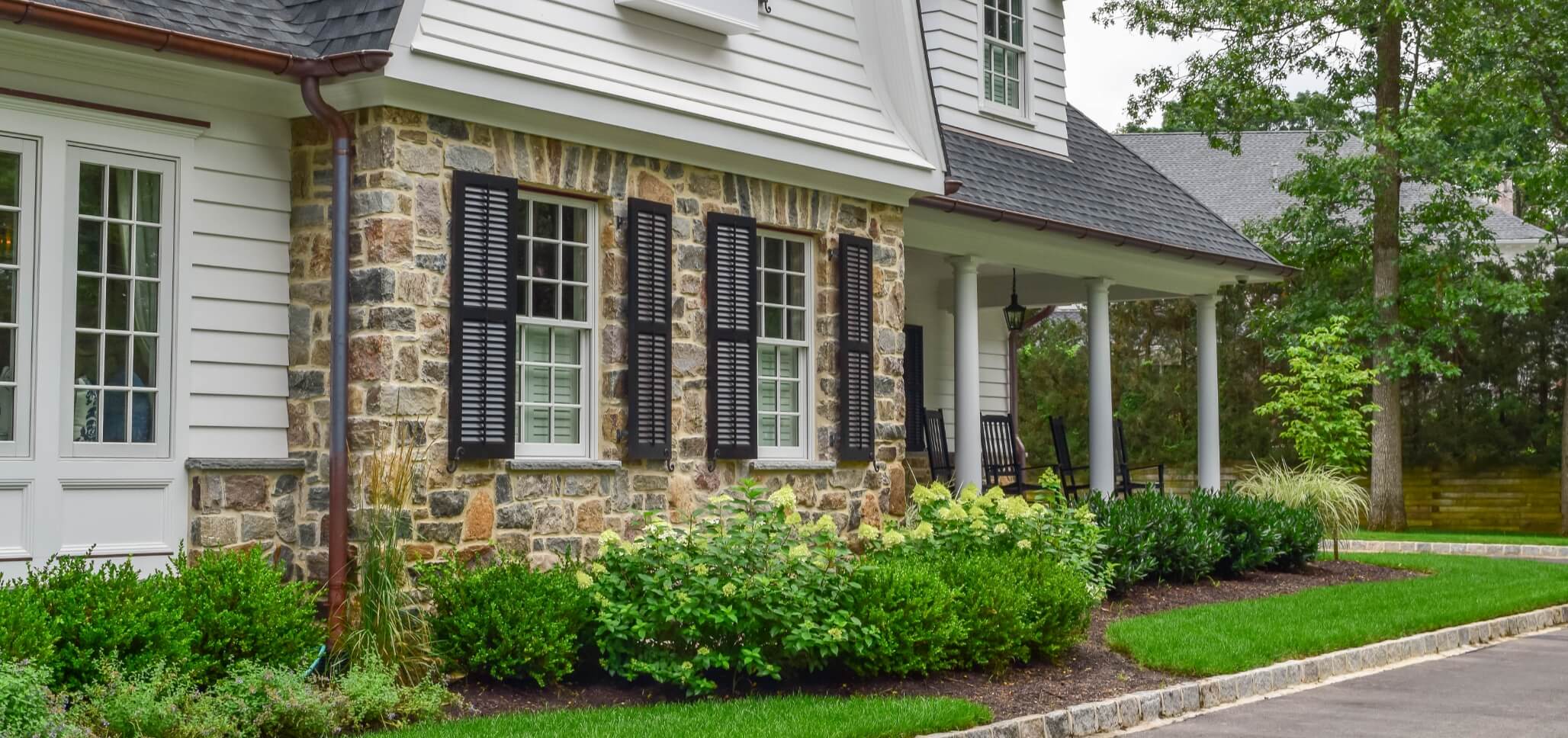Aglime is an extremely popular material during the spring and summer months as these two months are the most important times of the year for crop growth. It is very well known for it’s ability to lower acid levels in the soil. This allows soil to become more nutrient rich and in turn allows the soil to produce more fertile crops.
When you’re looking to buy aglime in NJ you’ll likely be looking at many different suppliers who offer their product at different price points. We’ve found that finding a local trustworthy supplier can lead to the greatest return on investment for you and your crops.
We’ve seen countless people search for aglime, which is why we’ve compiled this guide to buying aglime in NJ. We’ve broken down what aglime truly is, what you should look for in a supplier and how to find the best price.
What is Aglime?
Agricultural lime (aglime) is a soil additive made from crushed, or pulverized limestone. The reason that buying aglime and introducing it to farmland soil is so beneficial is that its most active component is calcium carbonate. This works to neutralize the soil’s pH levels, making it safer and healthier for crop growth.
Aglime also replenishes the earth with calcium and magnesium, boosts the uptake of major plant nutrients (including nitrogen, phosphorous, and potassium) and helps to improve water absorption rates.
While you might be aware of the advantages of agricultural lime, you might be less familiar with the buying process. You want to ensure that you’re purchasing the right amount of high quality aglime and from a trusted supplier who sells at fair, wholesale rates.
We’ve broken down the buying process into 3 main steps and what you should look for when buying aglime.
Your Guide to Buying & Using Aglime
Step 1: Understand Your Aglime Needs
Many people wonder if they should be buying aglime of a dolomitic or calcitic nature. While both sources are very efficient at raising the soil’s pH to a more balanced level, you’ll also want to consider the needs of your soil. Dolomitic aglime tends to increase the soil’s magnesium levels, so if your land is magnesium-deficient, you’ll want to talk to your supplier about your options in purchasing a material derived from dolomite.
You may also need to make a decision between liquid lime and dry lime. While liquid lime (which is a formula consisting of 50% dry lime and 50% water) can offer a more uniform spread of the substance over a field, dry lime is often preferred in expansive coverage areas. This is because there are lower operational costs associated with the use of dry lime. In addition, the spread rate of liquid lime can result in under-liming, which is not nearly as common with dry lime.
Step 2: Calculate How Much Aglime You Need
Determining how much aglime you’ll need can be a bit tricky, as it largely depends on the type of crops that you are growing. Various plant life thrives at different pH levels. Any plants containing wheat or bermudagrass, for instance, will require that the soil pH be raised above 5.5. This means that only .5 a ton (or 25% of the earth’s test deficiency volume) is necessary to bring the pH up to 6.8. For assistance in determining your need, it’s strongly recommended that you speak with an aglime professional.
Step 3: Choose an Aglime Supplier
Before buying aglime, you need to find a supplier that you can count on and trust. For best results, your supplier should be well-established within the industry and should be very knowledgeable about their agricultural lime product.
It’s always smart to purchase from a company that manufactures its own agricultural lime from their own quarry. This will ensure that your supplier is well aware of the mineral count within the aglime and can guarantee its quality and value to your crops.
Finding the right aglime supplier for you and your business is important. It will ensure you get only the highest quality material at the best prices.
Braen Stone has dedicated and passionate team members available to discuss your project, how much material you may need and any other questions you may have.
This photo is an original version, used via creative commons and is courtesy of Sarah.
